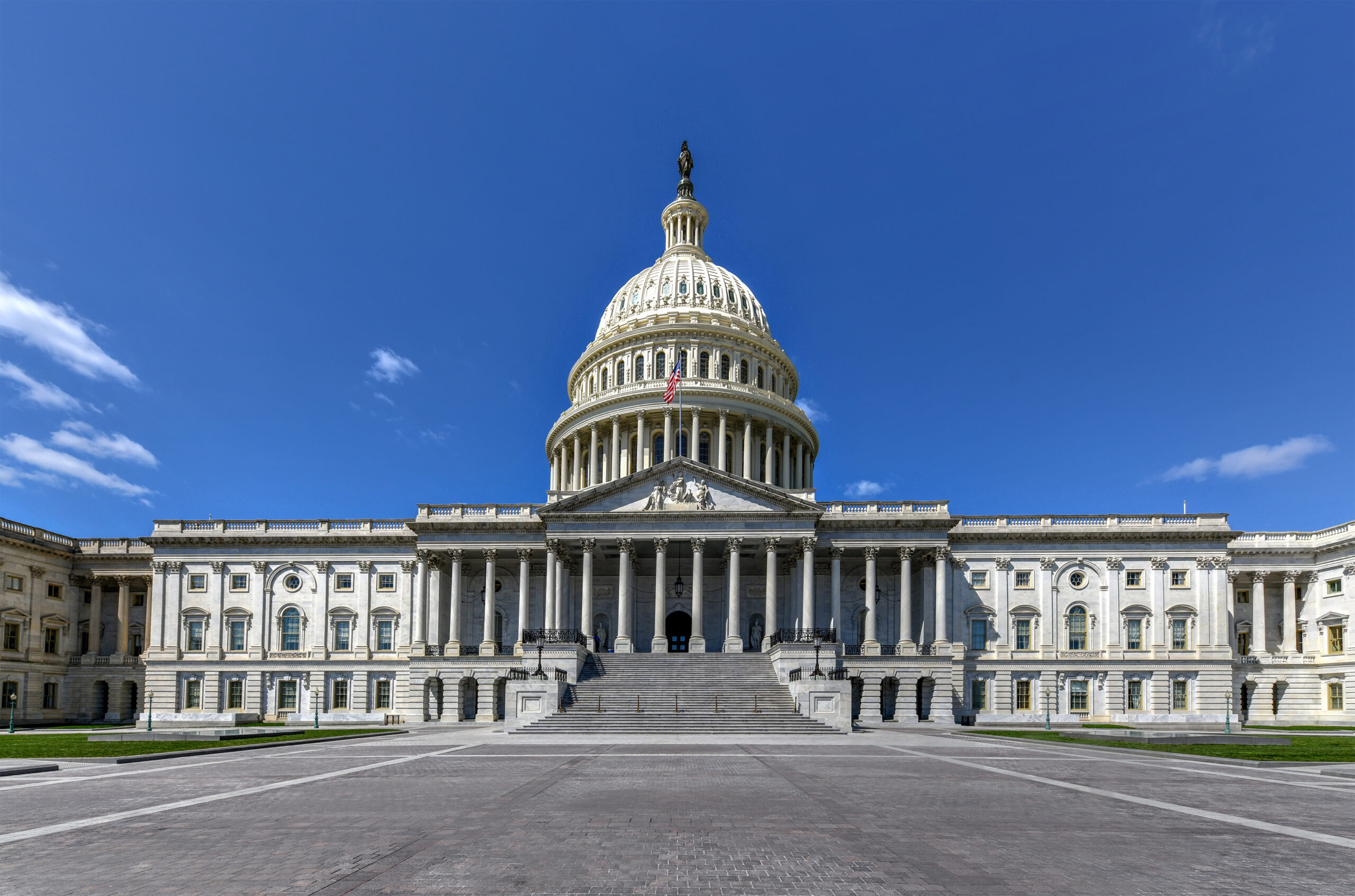What’s Next for The Secure 2.0 Act in 2024

In early 2023, our employee benefit plan audit professionals shared an insight outlining What You Need to Know Now About The SECURE 2.0 Act. The Act, with nearly 100 provisions, made significant changes to the retirement environment by expanding contribution limits and credits, eliminating unnecessary plan requirements, focusing on Roth accounts, and more.
More than 30 provisions under the Act have already taken effect, while other provisions will be rolled out over the next several years. While the provisions are considered mostly beneficial for employees, several provisions benefit employers. To help you understand which changes will impact you or your company in 2024, here are seven provisions that officially went into effect January 1, 2024:
If an employee is paying down student loan debts, the employer will now have the ability to match contributions and deposit those funds into the employee’s workplace retirement savings plan. This contribution will be based on the amount of the employee’s student loan payments. This helps the employees save for retirement while getting out of debt.
If a distribution is necessary for certain unforeseeable emergency expenses or immediate financial needs relating to personal or family emergency expenses, Section 115 exempts the taxpayer from the 10 percent tax penalty for premature distributions. The catch is only one distribution is permissible per year (up to $1,000) and repayable within three years. If not repaid within three years, they cannot take another distribution.
Under this new provision, employers may transfer former employees’ retirement accounts from a workplace retirement plan into an IRA if their balances are no more than $7,000. This is an increase from $5,000 in previous years.
Suppose an employee is the victim of a domestic abuse situation and can self-certify. In that case, the employee can now withdraw a small amount of money from their retirement plan (the lesser of $10,000, indexed for inflation, or 50 percent of the participant’s account). Considering the circumstances, the withdrawal will not be subject to the 10 percent tax on early distributions. The employee will also have the opportunity to repay the withdrawn money from the retirement plan over three years and will be refunded for income taxes for the money repaid.
Under current law, RMDs from a Roth IRA are not required while the participant is still alive. However, pre-death RMDs are required for Roth 401(k) and 403(b) accounts. Section 325 eliminates the pre-death RMD requirement for Roth accounts in employer plans.
Under current law, the distribution rules for 401(k) and 403(b) differ in terms of the contributions and earnings available for hardship withdrawal. The provisions in Section 602 bring 403(b) hardship regulations in line with 401(k) hardship requirements. Now 403(b) plans can allow hardship withdrawals of earnings attributable to the employee’s elective deferrals, as well as distributions from non-elective and matching contributions sources.
This one is for employees over the age of 50, looking to max out retirement savings through catch-up contributions. If the employee earns more than $145,000, catch-up contributions are required to be Roth contributions. If the employee earns less than $145,000, they can choose either pre-tax or Roth contribution type.
While the following provisions will not impact plans until 2025, there may be certain actions to consider now to set your plan up for success. To help you prepare for these changes, here are three provisions that will officially go into effect January 1, 2025:
This one encourages more participants to save for retirement through automatic enrollment in the plan. All new 401(k) and 403(b) plans are required to automatically enroll participants in the respective plans upon becoming eligible (and the employees may opt out of coverage). The initial automatic enrollment amount is at least three percent but not more than 10 percent and increases anually by one percent until it reaches 10 percent but not more than 15 percent. All current 401(k) and 403(b) plans are grandfathered.
This section increases the catch-up contribution limits to the greater of $10,000 or 50 percent more than the regular catch-up amount in 2025 for individuals 60 to 63. After 2025, the increased amounts are indexed for inflation.
The Secure Act established that if an employee is a long-term, part-time worker, the individual may be allowed to participate in the employer’s 401(k) plan based on years of service. This provision reduces the years of service requirement to allow for participation sooner. Employers with 401(k) plans must have a dual eligibility requirement under which an employee must complete either one year of service (with the 1,000-hour rule) or two consecutive years of service (where the employee completes at least 500 hours of service). This provision also extends the long-term part-time coverage rules to 403(b) plans subject to ERISA.
For a list of all provisions outlined in the legislation and their anticipated start dates, please download our SECURE Act 2.0 One-Sheet.
Planning for your retirement is not one size fits all. Every situation is unique. Our experts are here to provide the guidance and expertise you need to ensure you’re making the right decisions for your retirement savings strategy.
Get ready, because by subscribing to our email insights, you'll be among the first to hear from our experts about key issues directly impacting your privately held business or not-for-profit.